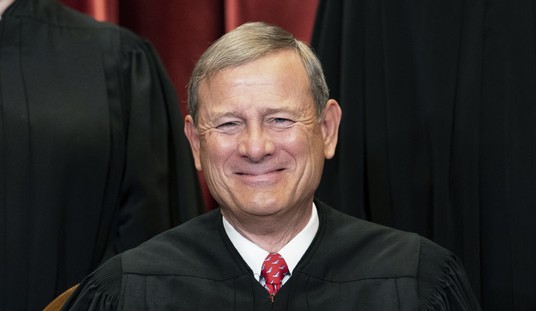What happens when civic leaders stand by while mobs burn down police buildings, and a city council proposes to eliminate law enforcement to appease them? Three guesses, and the first two don’t count. The wave of violence sweeping through Minneapolis has left more victims this year so far than the eight of the last ten full years, the Star Tribune reports:
At least 275 people have been victims of gunfire in Minneapolis so far this year, eclipsing the entire annual totals of all but two of the past 10 years, according to Police Department records.
Gun violence tends to spike in the city every year during the hot summer months, but this year’s surge in shootings dating back to the unrest after the death of George Floyd is worse than usual.
MPD records show that 269 people were shot in Minneapolis in all of 2019 — a grim milestone that the city reached on July 20 this year. The shooting tally is also nearly 60% higher than the five-year average for this time of the year, records show.
The city’s 37 homicides have also nearly doubled from this time last year.
Lest one think that this is somehow unrelated to the unrest and the police retreat, the Star Tribune helpfully headlines this chart by noting when the spike manifested itself. It actually began toward the end of May, but the leap in violence escalated in the next month after George Floyd’s homicide. And note which community is taking the worst of it, by far:

Note the sourcing for these statistics, a point to which we’ll return in a moment. The toll is taking a disproportionate toll on African-Americans because of where the violence is taking place. “Victims were mostly concentrated in the Fourth and Third precincts,” the Strib’s Libor Jany reports. The Third Precinct’s police station got burned to the ground, readers may recall, in the riots after police retreated in the face of the mobs. That leaves the Third Precinct without a community presence and a logistics center to protect that part of the city, along with the serious drop in available manpower and a general unwillingness to assert police presence in these neighborhoods.
It’s pretty clear, especially from looking at the chart, what has happened in Minneapolis — although the “abolish the police” crowd won’t admit it:
Some law enforcement groups and their supporters have cited the spiking gun violence as reminiscent of the “Murderapolis” era of the mid-90s, while activists argue that the recent bloodshed is proof that the existing public safety system isn’t working.
The “existing public safety system” worked well enough in the first four-plus months of the year. It worked well enough over the last decade to keep violence well below the levels of the present “abolish the police” political movement. And it is now clear that the status quo ante benefited African-Americans far more than any other group. The data makes it crystal clear that this is not a gun issue, it is a leadership issue — and it’s now becoming a manpower issue on top of that.
In fact, the data makes it so clear that the Minneapolis city council will likely have no way to explain how its push to abolish the police makes sense. The city council solved that problem yesterday by seizing the MPD’s public-relations functions and placing them under city council control:
The Minneapolis City Council voted Friday to shift police media duties from the Police Department to city staff in what one council member called a move to improve trust, amid calls for changes in policing after George Floyd’s death.
The change was approved 9-3. Some council members wanted more time to consider the move, while journalists said they worried it could make it harder and take longer to get information. …
Suki Dardarian, managing editor at the Minneapolis Star Tribune, told one council member in an email that it’s important to have city spokespeople who are trusted, credible, understand the subject matter and appreciate the need for transparency. When it comes to law enforcement, those spokespeople need to be accessible at all hours.
In an interview with the AP, Dardarian said she was concerned about revamping the city’s communication structure when so much is at stake, and fears the move will make transparency more difficult and decrease access to timely information. She said journalists work to track down information from multiple sources, including authorities, to get the truth.
In a surprising move, Mayor Jacob Frey publicly criticized the move, and suggested that the council’s motive is to reduce transparency on the issues plaguing the city:
A spokesperson from the office of Minneapolis Mayor Jacob Frey released a statement criticizing the move.
“Mayor Frey shares the concerns of Minnesota journalists and government transparency advocates about this decision,” read the statement. “Major city departments across the nation employ a public information officer so that they can provide timely information to the public who need it. Defying best practices and expert advice stands to limit Chief Arradondo‘s and our local government leaders’ ability to effectively communicate with Minneapolis residents.”
Given the data already on hand, it’s impossible to see this as anything else but a clear attempt to eliminate that transparency and to gag MPD leadership. The city council has declared war on the police department, which has already created a massive increase in crime and violence in the city. Now they want to keep that information out of the hands of the public to further reduce their accountability to the city’s residents. This is an utterly shameful chapter in civic leadership, and all signs point to one conclusion — it’s only going to get worse. For everyone, but especially for the people the city council and “abolish the police activists” claim to want to help.








Join the conversation as a VIP Member